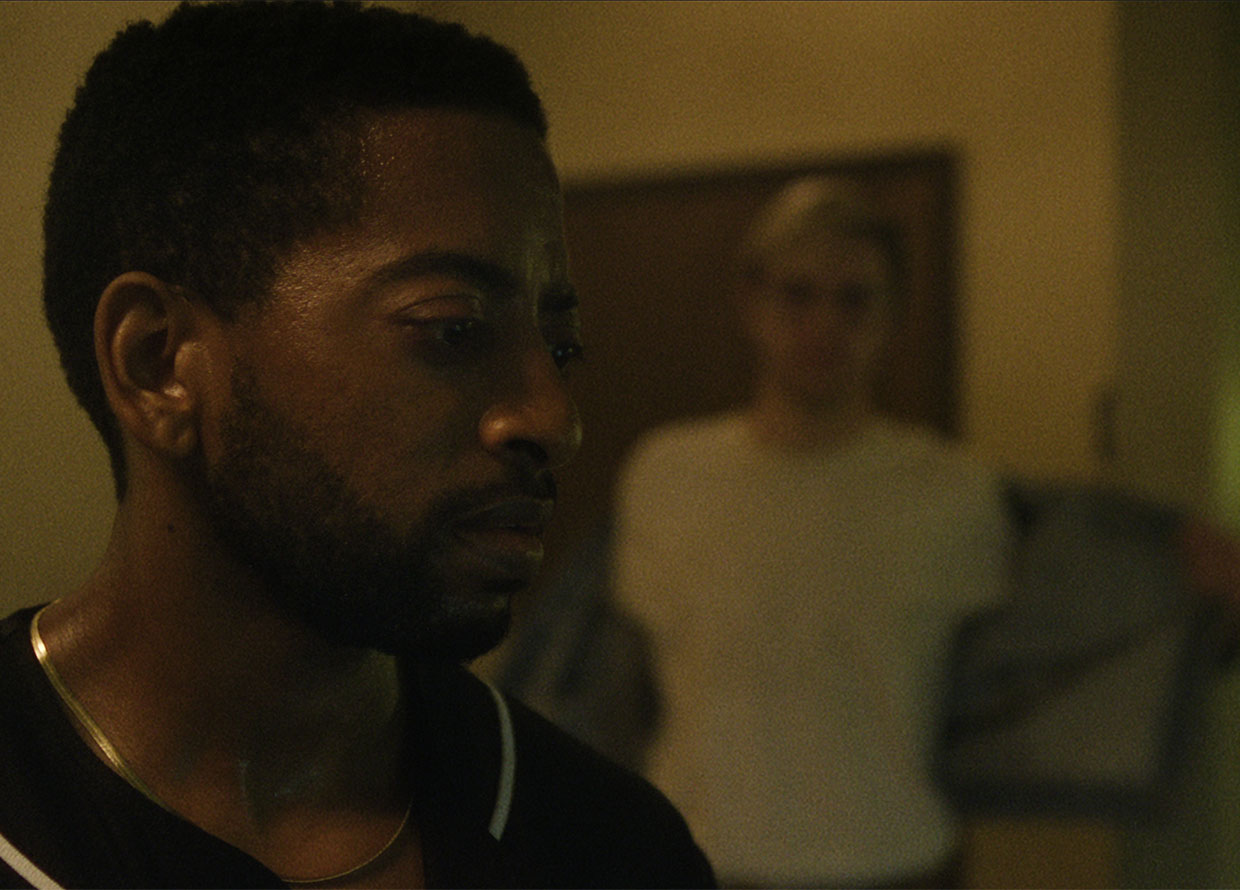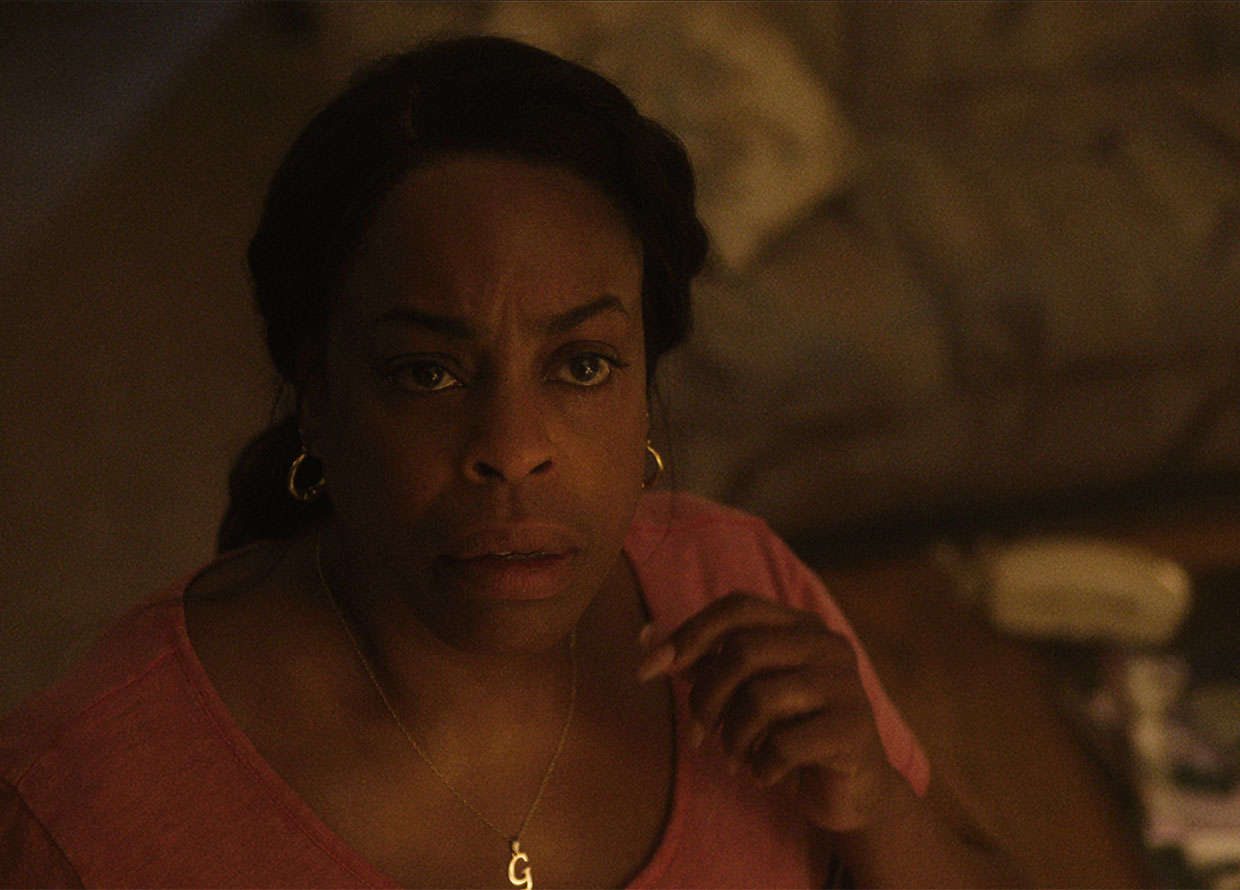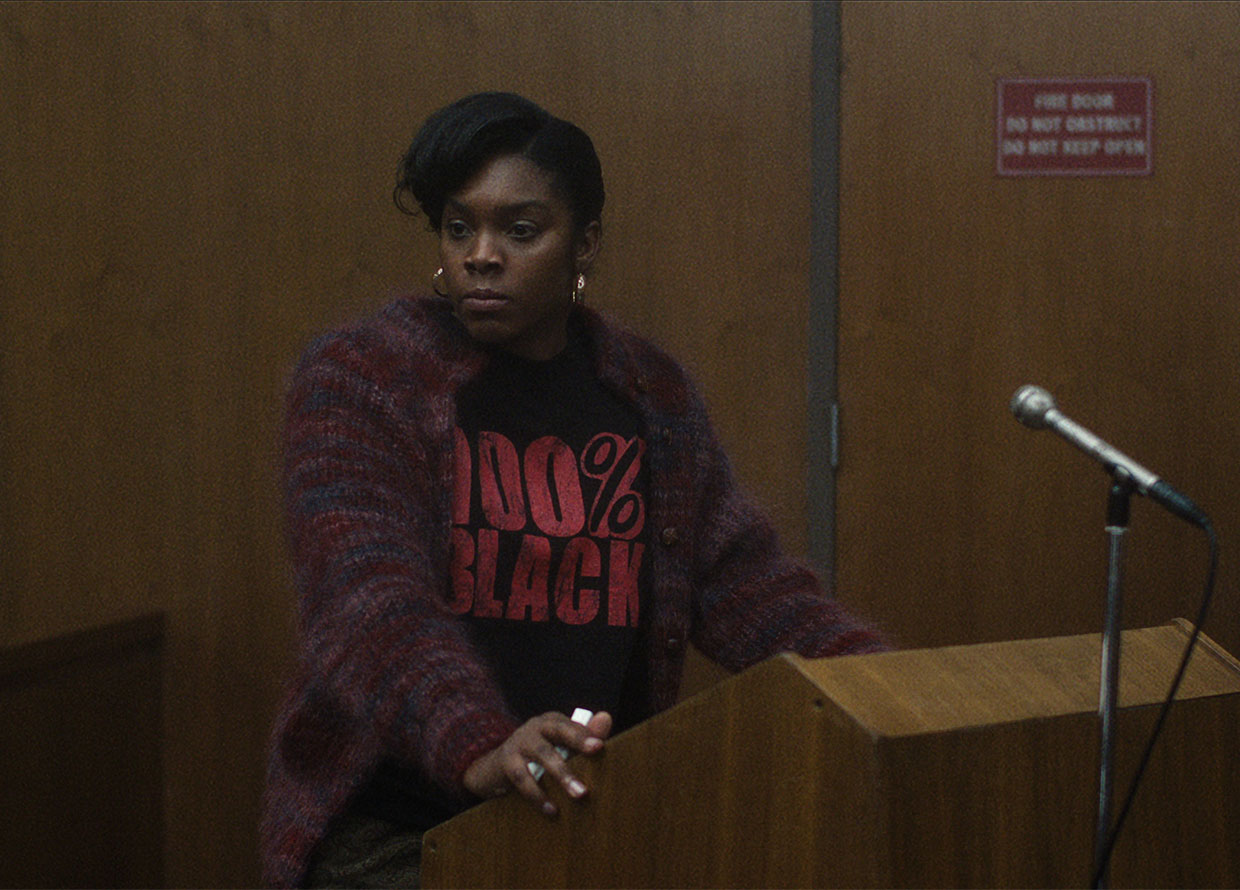Netflix’s ‘Dahmer’: What was accurate or changed in the show?
Fact versus fiction

Since it aired on September 21, Dahmer–Monster: The Jeffrey Dahmer Story (shortened to Dahmer) has been the topic of discussion across dinner tables and social media. Currently, Dahmer is Netflix’s second most popular English-language series, with 701.37 million hours watched, behind Stranger Things Season Four. The limited series is not only one of Netflix’s best performing true crime dramas, but is one of the platform’s most successful series of all time.
Who was Jeffrey Dahmer?
True crime buffs would already be familiar with the twisted crimes of Jeffrey Dahmer, but for the rest of us who might not know all the details—who is the unsettling serial killer that has people hooked to their screens? Between 1978 and 1991, Dahmer took the lives of seventeen innocent men through violent, gruesome and appalling methods. During his reign of terror, his sick crimes massively impacted the African-American LGBT community—where most of his victims came from—before he was finally arrested in 1991.
Whether or not viewers were aware of his crimes prior to the show, it’s almost hard to believe that some of what is seen in Dahmer could be real. However, we regret to say that several scenes are indeed accurate. Other aspects, though, have been changed or erased for the sake of dramatisation. Below, we break down some of the show’s most pivotal moments, what was portrayed accurately and what really happened in real life.
Trigger warning: depictions of physical and sexual violence, necrophilia, cannibalism, torture, psycopathic behaviour, post-partum depression, drugging, sexual deviancy, non-consensual acts and alcohol abuse. Reader’s discretion is advised.
Tracy Edwards’s escape from Jeffrey Dahmer

In the series, Edwards and his friends are approached by Dahmer at a local gay bar. In actuality, they were hanging outside a shopping mall when Dahmer first approached them. Perhaps this change of location was done to show how Dahmer would often prey for victims, which he normally did at gay bars under the guise of a photographer. Unlike Edwards’s depiction in the show, the real Edwards has stated in his witness testimony that he does not identify as homosexual either. He allegedly only agreed to Dahmer’s offer of $100 because he was strapped for cash and had no idea that it was for anything remotely sexual. However, there are other aspects that largely align with Edwards’ real survival story.

It was true that Dahmer distracted Edwards with his betta fish tank before pulling a large knife on him. It was also accurate that the movie they were watching was The Exorcist Three, as Dahmer’s attorney mentioned that the killer had a fascination with Satan-like figures such as Palpatine from Star Wars and the demon from the Exorcist franchise. In another chilling confession, Edwards testified that Dahmer said, “I want to hear your heart ‘cause I’m gonna eat it” which was depicted in the series. When Edwards eventually escaped, police on patrol found him with handcuffs dangling off his wrist and the arrest was also done the same night when police returned with him to the apartment and found human remains in his apartment.
Tracy Edwards has been hailed a hero for his bravery and quick thinking. Because he escaped and reported to the police, he was able to end Dahmer’s 10-year long killing spree.
The body parts found in Dahmer’s apartment and cannibalism
In Episode Two, audiences may be shocked to hear investigators list out the depraved crimes and number of body parts found in Dahmer’s apartment to his father in the police station. After all, finding a head in the fridge and several torsos melted in barrels of hydrochloric acid would be enough for anyone to call this a gross dramatisation. However, all of the grisly discoveries were indeed real. When police searched Dahmer’s real apartment, they found fridges and freezers full of dismembered body parts, organs, and genitalia, as well as photo albums capturing his innocent victims’ demise. Barrels of hydrochloric acid also were found with many more body parts in them which contributed to the horrid smell, and police found evidence that Dahmer had been eating human body parts.
Dubbed the ‘Milwaukee Cannibal’, Dahmer himself later admitted in an interview that he had partaken in cannibalism. He stated, “I was branching out, that’s where the cannibalism started—eating of the heart and the arm muscle, it was a way of making me feel that they were a part of me.”
The heroic neighbour, Glenda Cleveland

Probably the biggest change in the show is the character of Glenda Cleveland. In Dahmer, she is depicted as his next-door neighbour who was suspicious of him early on and frequently reported the putrid smell and screams to officials. Whilst a real person, Cleveland was actually not Dahmer’s neighbour and in fact, was living in a separate building. She has also never met Dahmer face to face. Cleveland’s character is a combination of many other building residents and their experiences, namely Pamela Bass who was Dahmer’s actual next-door neighbour (we’ll get to her later on). In real life, one or two complaints would be made about the smell but it was nowhere near the extent of Cleveland’s persistence in the show. However, she was indeed a caring and empathetic person who was involved in a circumstance involving another one of Dahmer’s victims, Konerak Sinthasomphone.
The meat sandwich situation

Another stomach-churning scene in Dahmer is the infamous meat sandwich scene. In the show, Cleveland is confronted by Dahmer in her apartment about getting him evicted and tries to make amends with a sandwich that tastes “like pulled pork”. As she was already suspicious of him, Cleveland refused to eat the questionable dish.
However, the same can’t be said in real life. Actual next-door neighbour Pamela Bass said in an interview that she found Dahmer to be friendly and nice. He would also frequently hand out sandwiches to residents, including Bass, who graciously accepted. This suggested that residents were not suspicious of Dahmer, or experienced the constant banging and screaming that fictional Cleveland was privy to. In the 2013 documentary, The Jeffrey Dahmer Files, she confessed, “I have probably eaten someone’s body part.”
The police returning Konerak Sinthasomphone to Jeffrey Dahmer
This is probably one of the most infuriating scenes for viewers of the show due to the fact that it could’ve been so easily avoided. Not only did Sinthasomphone manage to escape in the drug-induced state he was in, he was also helped by several other residents and the cops were also called over. It’s hard to believe that the poor boy was returned to his eventual killer, but tragically, all of this did happen.
Like the series, police officers John Balcerzak and Joseph Gabrish were called to the scene to investigate a half-naked teenage boy found on the side of the road by Cleveland’s daughter and niece. Dahmer, who had gone out to get more beer, saw the situation and managed to convince the cops that Sinthasomphone was his 19-year old boyfriend who just had too much to drink. Balcerzak’s homophobic comment about needing to be “deloused” after visiting Dahmer’s apartment was also accurate.

The case of Konerak Sinthasomphone was vital in showing gross police negligence as well as systemic racism that was rampant around underpatrolled African-American communities. Had Balcerzak and Gabrish done their due diligence to ID Dahmer, they would have found out that he was a sex offender who had molested a 13-year old, coincidentally Konerak’s own older brother.
The only big difference that the show made to this scene was to have Cleveland present with her daughter and niece. She was actually not there and heard the whole story from them. Nevertheless, Cleveland did follow up with the police (her actual phone recording was featured in the show) and even reported to the FBI, both to no avail.
Balcerzak and Gabrish awarded ‘Officer of the Year’
In Episode Nine of Dahmer, officers John Balcerzak and Joseph Gabrish received an Officer of the Year commendation; however, we are happy to report that this never happened in real life. After the Dahmer case broke out, both officers were suspended but unfortunately reinstated in 1994. Balcerzak had even defended their actions in an interview and eventually became the president of the Milwaukee police officer’s union in 2005.
The powerful victim’s impact statements by the bereaved families

One of the highlights in the limited series would be Episode Eight, in which the families of Dahmer’s victims were able to make their victim impact statements in court. As a whole, the scene was portrayed to a T, from the statements that were read verbatim to the clothes they were wearing. One particularly harrowing and powerful depiction was Rita Isbell, the older sister of victim Errol Lidnsey, who shouted and lunged for Dahmer in the courtroom before being escorted out. You can see the comparison below.
Netflix Jeffrey Dahmer’s victim’s sister and the real Rita in 1992 #jeffreydahmer #serialkillers #truecrime #truecrimecommunity pic.twitter.com/t8fZe1S2oT
— Carol DaRonch (@CarolDaRonch) September 21, 2022
However, whilst the representation of this scene was accurate, it is important to remember that these emotional outbursts are not just for our entertainment, but deeply painful, real experiences. Isbell herself expressed in an essay on Insider that watching her and other families on screen resurfaced traumas and Netflix did not reach out to them for their consent to be portrayed.
What happened to Jeffrey Dahmer?

Dahmer was convicted with 15 life sentences totalling to 957 years behind bars. However, his prison life was cut short and he only served three years before he was beaten to death by a fellow inmate, Christopher Scarver, at the Columbia Institution in Portage, Wisconsin. In 2015, Scarver revealed to the New York Post why he killed Dahmer. He said that Dahmer would “fashion severed limbs out of prison food to taunt the other inmates” and that while some prisoners were repentant, “he was not one of them.”
After his death, there was also discussion about what to do with the serial killer’s brain. His mother, Jolie, wanted it studied to find out if there was a genetic component to Dahmer’s depraved compulsions, but his father, Lionel wanted it cremated as per his son’s wish. Ultimately, his brain was cremated.
If you haven’t watched Dahmer, click here to watch it on Netflix.
Head here for more reads on TV shows and films.
| SHARE THE STORY | |
| Explore More |




